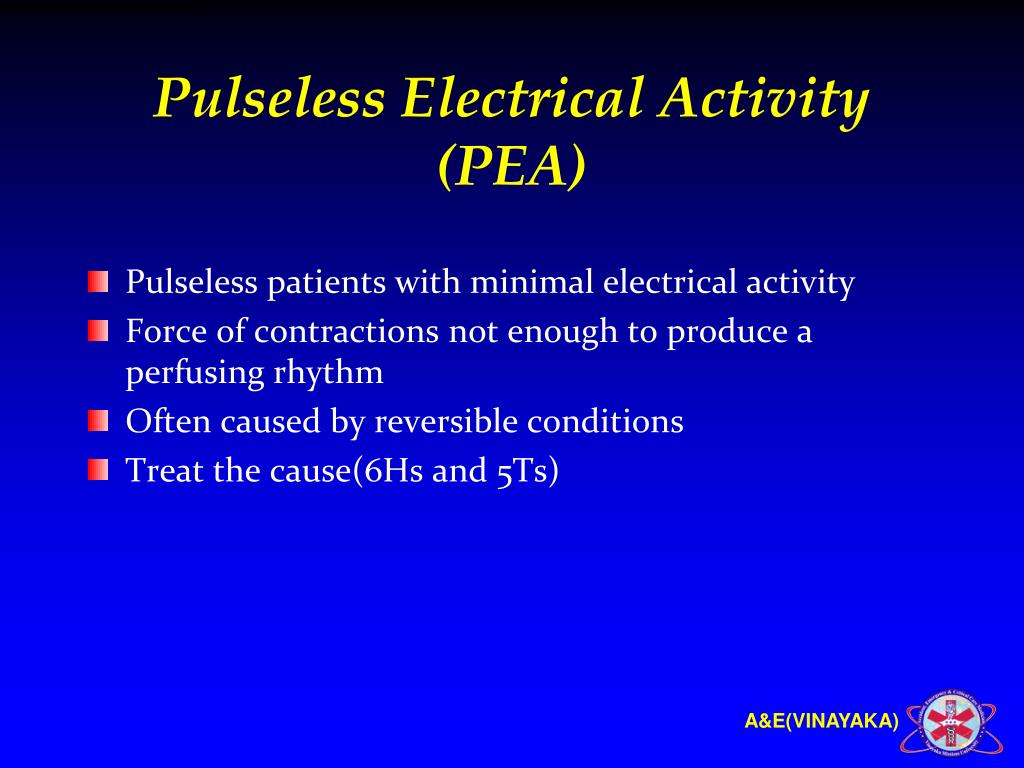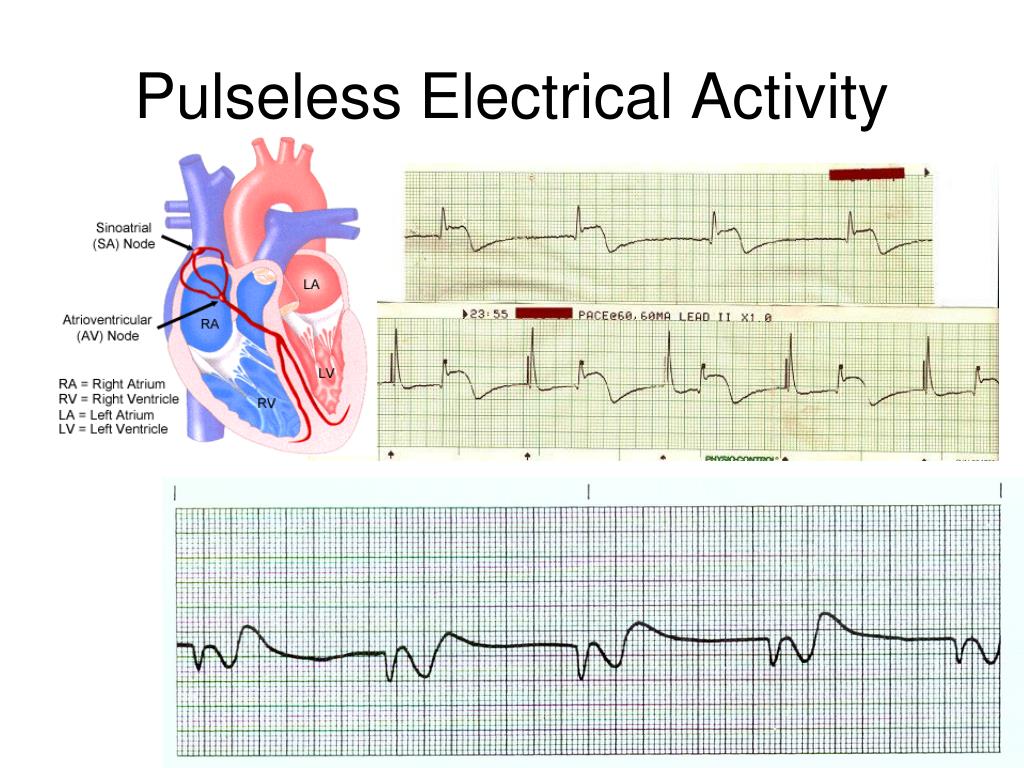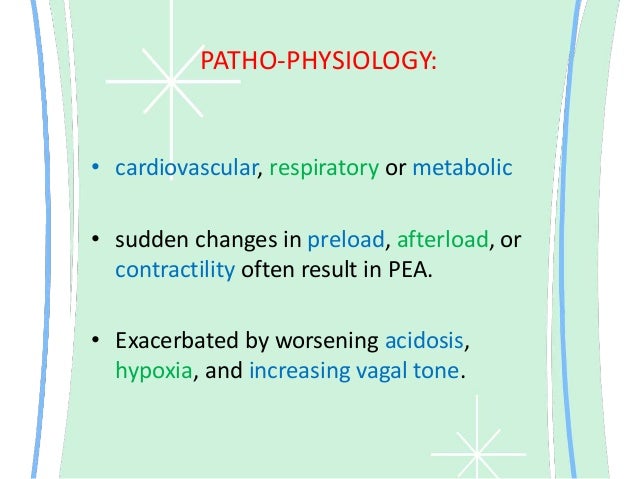


Torsades de pointes is a type of polymorphic ventricular tachycardia. When this leads to recurrent contractions without normal repolarisation, it is called torsades de pointes. These afterdepolarisations spread throughout the ventricles, causing a contraction before proper repolarisation. These abnormal spontaneous depolarisations before repolarisation are known as afterdepolarisations. Waiting a long time for repolarisation can result in spontaneous depolarisation in some muscle cells. Repolarisation is a recovery period before the muscle cells are ready to depolarise again.

Depolarisation is the electrical process that leads to heart contraction. It is prolonged at:Ī prolonged QT interval represents prolonged repolarisation of the heart muscle cells ( myocytes) after a contraction. The corrected QT interval ( QTc) estimates the QT interval if the heart rate were 60 beats per minute. The QT interval is from the start of the QRS complex to the end of the T wave. Radiofrequency ablation of the re-entrant rhythm can be a permanent solution. Treatment is similar to atrial fibrillation, including anticoagulation based on the CHA 2 DS 2 -VASc score. There may be 3:1, 4:1 or variable conduction ratios.Ītrial flutter gives a sawtooth appearance on the ECG, with repeated P wave occurring at around 300 per minute, with a narrow complex tachycardia. This often results in two atrial contractions for every one ventricular contraction ( 2:1 conduction), giving a ventricular rate of 150 beats per minute. The signal does not usually enter the ventricles on every lap due to the long refractory period of the atrioventricular node. The atrial rate is usually around 300 beats per minute. The signal goes round and round the atrium without interruption. The electrical signal re-circulates in a self-perpetuating loop due to an extra electrical pathway in the atria. Atrial flutter is caused by a re-entrant rhythm in either atrium. Normally the electrical signal passes through the atria once, stimulating a contraction, then disappears through the atrioventricular node into the ventricles.

They are either shockable (meaning defibrillation may be effective) or non-shockable (meaning defibrillation will not be effective). These are the four possible rhythms in a pulseless patient.
Define pulseless electrical activity full#
Attend the relevant courses, follow full guidelines and involve experienced seniors when treating patients. This section is a summary to help with exam preparation and is based on the guidelines from the Resuscitation Council UK from 2021. There are several types of arrhythmia, each with different causes and management options. They result from an interruption to the normal electrical signals that coordinate the contraction of the heart muscle.


 0 kommentar(er)
0 kommentar(er)
